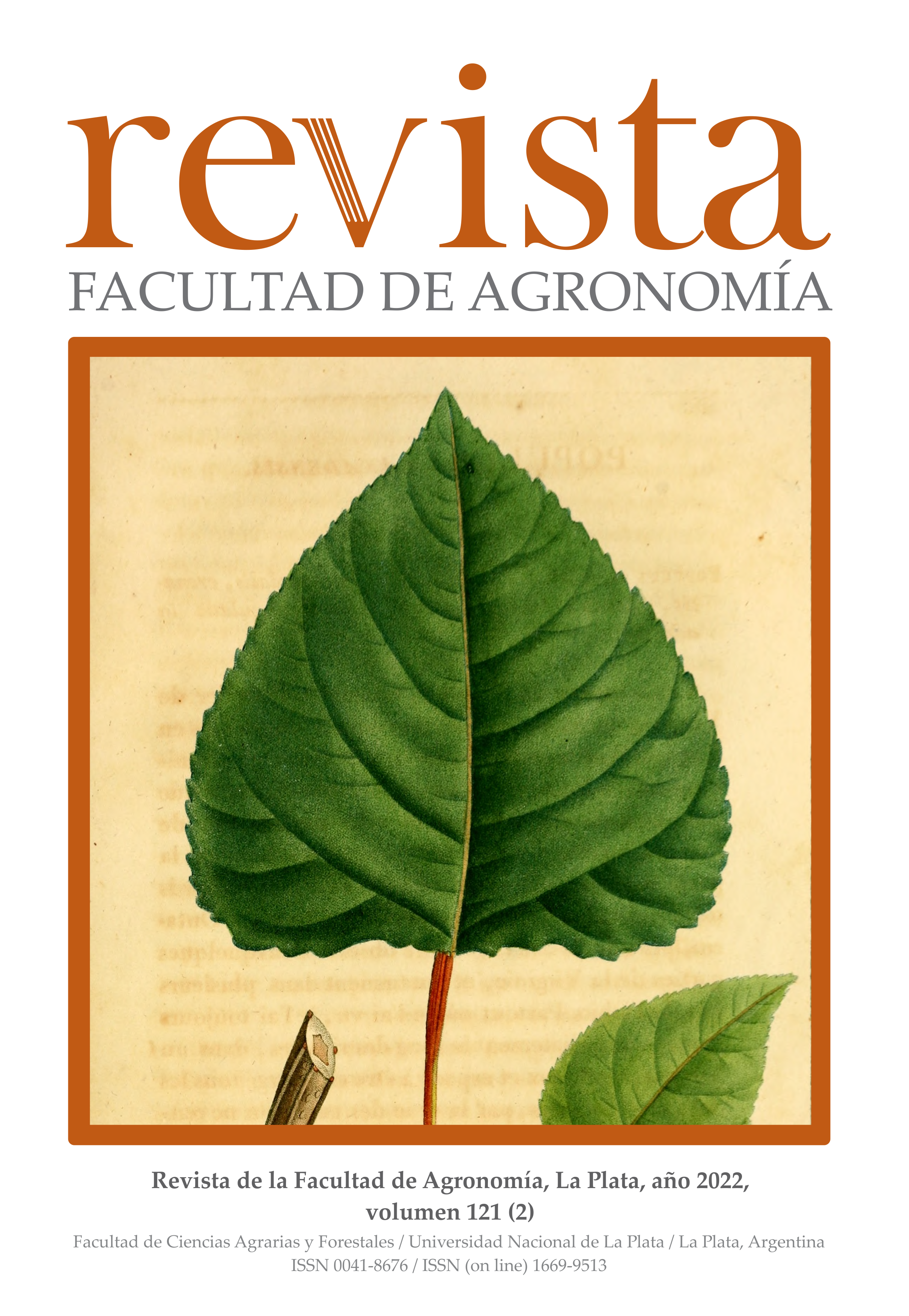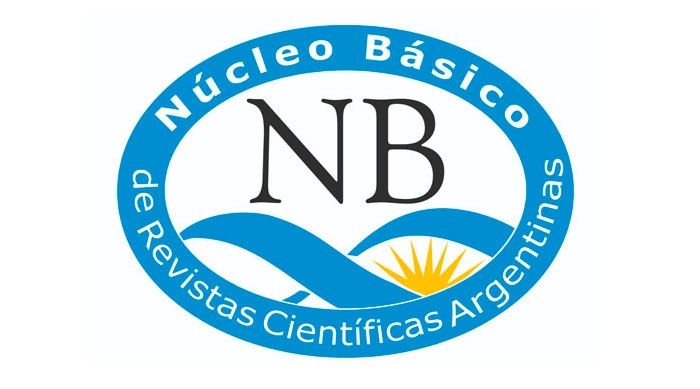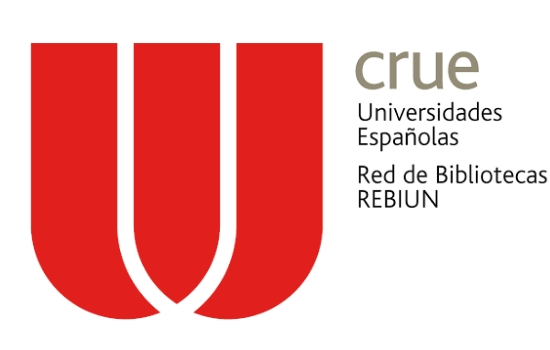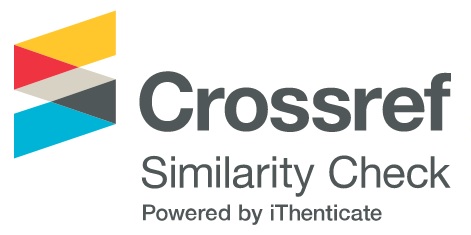Addition of tomato, blueberry and strawberry to biscuit formulation
DOI:
https://doi.org/10.24215/16699513e107Keywords:
texture, color, water activity, dough, biscuitsAbstract
In the present work, sweet and salty biscuits were prepared with natural ingredients and water was replaced with juice or pulp of different vegetable sources. Strawberry or blueberry pulp or juice were incorporated into sweet biscuits, while tomato juice or pulp was incorporated into salty biscuits. The objective of the work was to evaluate the modifications in the texture and in the color of the dough and biscuits due to the incorporation of these horticultural products.
Results showed that when water was replaced with juice, small changes were observed in the texture of the dough, but when the pulp was used the firmness, consistency, cohesiveness and elasticity increased compared to the control dough. Moreover, the addition of tomato did not modify the texture of the developed products.
When juice was added to sweet formulations, biscuits leavened better, probably because of the acidity of the fruit.
On the other hand, with pulp incorporation, blueberries biscuits presented a smooth texture (low stress and low Young's Modulus) while strawberries biscuits were hard (high fracture stress). Regarding the
color, dough acquired soft reddish tones when incorporating tomatoes and strawberries, and purple tones with blueberries. Nonetheless, these tones become slightly brownish during cooking.
Downloads
Metrics
References
Aksoylu, Z., Ö. Çağindi & E. Köse. 2015. Effects of blueberry, grape seed powder and poppy seed incorporation on physicochemical and sensory properties of biscuit. Journal of Food Quality 38:164-174.
Ávalos, A., P. Goytiño, P.A. Conforti & C.E. Lupano. 2016. Sensory and texture properties of “chipá”: Influence of ingredients and storage conditions of batter. Cogent Food & Agriculture 2:1275394.
Baltsavias, A., A. Jurgens & T. van Vliet. 1997. Factors affecting fracture properties of short-dough biscuits. Journal of Texture Studies 28:205-219.
Bourne, M.C. 1978. Food Technology 32:62–66
Brambilla, A., R. Lo Scalzo, G. Bertolo & D. Torreggiani. 2008. Steam-blanched highbush blueberry (Vacciniumcorymbosum L.) juice: phenolic profile and antioxidant capacity in relation to cultivar selection. Journal of Agricultural and Food Chemistry 56:2643-2648.
Bruzzone, I .2007. Futas finas berries. Revista Alimentos Argentinos 39:30-33. CHFBA’05. Censo Hortiflorícola de Buenos Aires 2005. Ministerio de Asuntos Agrarios y Ministerio de Economía de la Provincia de Buenos Aires (Argentina). Disponible en http://www.estadistica.ec.gba.gov.ar/dpe/Estadistica/chfba/chfba2005.pdf. Último acceso: mayo 2021.
Curutchet, A., S. Cozzano, A. Tárrega & P. Arcia. 2019. Blueberry pomace as a source of antioxidant fibre in cookies: Consumer’s expectations and critical attributes for developing a new product. Food Science and Technology International 25:642-648.
DCA. 2019. Ministerio de Agricultura, Ganadería y Pesca. Cadena de Frutillas. Disponible en http://www.alimentosargentinos.gob.ar/HomeAlimentos/Cadenas%20de%20Valor%20de%20Alimentos%20y%20Bebidas/informe/Resumen_Cadena_frutillas_NOVIEMBRE_2019. Último acceso: mayo 2021.
Del Valle, M., M. Cámara & M.E. Torija. 2006. Chemical characterization of tomato pomace. Journal of the Science of Food and Agriculture 86:1232-1236.
Dell´Acqua, A., M.B. Moyano, J. Galvan, L. Rios De Gonzalez & C. Paz. 2019. Comercialización y competitividad del arándano argentino. Ediciones INTA. Disponible en: https://inta.gob.ar/documentos/comercializacion-y-competitividad-del-arandano-argentino. Último acceso: mayo 2021.
Galoburda, R., S. Boca, I. Skrupskis & D. Seglina. 2014. Physical and chemical parameters of strawberry puree. In 9th Baltic Conference on Food Science and Technology “Food for Consumer Well-Being” (p. 172).
Georgé, S., F. Tourniaire, H. Gautier, P. Goupy, E. Rock & C. Caris-Veyrat. 2011. Changes in the contents of carotenoids, phenolic compounds and vitamin C during technical processing and lyophilisation of red and yellow tomatoes. Food Chemistry 124:1603-1611.
Isik, F. & C. Topkaya. 2016. Effects of tomato pomace supplementation on chemical and nutritional properties of crackers. Italian Journal of Food Science 28:525.
Kaushik, R. & P.K. Grewal. 2015. Development and nutritional evaluation of value added baked products using strawberry (Fragaria). International Journal of Scientific Research in Science, Engineering and Technology 1: 2395-1990.
Lee, J. H. & J.C. Ko. 2009. Physicochemical properties of cookies incorporated with strawberry powder. Food Engineering Progress 13:49:84
Masutti, M. F., M. Patrignani & P.A. Conforti. 2020. Development and characterization of cracker fillings with natural antioxidants. Journal of Food Measurement and Characterization 14. 446-454.
Mazzoni, L., P. Perez‐ ‐Lopez, F. Giampieri, J.M. Alvarez‐ ‐Suarez, M. Gasparrini, T.Y. Forbes‐ ‐Hernandez... & M. Battino. 2016. The genetic aspects of berries: from field to health. Journal of the Science of Food and Agriculture 96:365-371.
OPS, 2019. Alimentos ultraprocesados ganan más espacio en la mesa de las familias latinoamericanas. Disponible online en: https://www3.paho.org/hq/index.php?option=com_content&view=article&id=15530:ultra-processed-foods-gain-ground-among-latin-american-and-caribbean-families&Itemid=1926&lang=es. Último acceso junio 2021.
Patrignani, M. 2017. Desarrollo de galletitas más saludables: alternativas para incrementar su contenido de antioxidantes. Tesis. Facultad de Ciencias Exactas, Universidad Nacional de La Plata.
Perez, C., C. Tagliani, P. Arcia, S. Cozzano & A. Curutchet. 2018. Blueberry by-product used as an ingredient in the development of functional cookies. Food Science and Technology International 24:301-308.
Pineli, L.L.O., C.L. Moretti, M.S. dos Santos, A.B. Campos, A.V. Brasileiro, A.C. Córdova & M.D. Chiarello. 2011 Antioxidants and other chemical and physical characteristics of two strawberry cultivars at different ripeness stages. Journal of Food Composition and Analysis 24:11-16.
Reque, P. M., R.S. Steffens, A.M.D. Silva, A. Jablonski, S.H. Flôres, A.D.O. Rios & E.V.D Jong. 2014. Characterization of blueberry fruits (Vaccinium spp.) and derived products. Food Science and Technology 34:773-779.
Salem, B. R. 2020. Use of tomato pomace, mango seeds kernel and pomegranate peels powders for the production of functional biscuits. Zagazig Journal of Agricultural Research 47:1011-1023.
Šarić, B., A. Mišan, A. Mandić, N. Nedeljković, M. Pojić, M. Pestorić & S. Đilas. 2016. Valorisation of raspberry and blueberry pomace through the formulation of value-added gluten-free cookies. Journal of food science and technology 53:1140-1150.
Toor, R. K. & G.P. Savage. 2005. Antioxidant activity in different fractions of tomatoes. Food Research International 38:487-494.
Zucco, F., Y. Borsuk, S.D. Arntfield. 2011. Physical and nutritional evaluation of wheat cookies supplemented with pulse flours of different particle sizes. LWT-Food Science and Technology 44:2070–6.
Published
How to Cite
Issue
Section
License
Copyright (c) 2023 Paula Andrea Conforti, Mariela Patrignani

This work is licensed under a Creative Commons Attribution-NonCommercial-ShareAlike 4.0 International License.
A partir de 2019 (Vol. 118 número 2) los artículos se publicarán en la revista bajo una licencia Creative Commons Atribución- NoComercial-CompartirIgual 4.0 Internacional (CC BY-NC-SA 4.0)
Acorde a estos términos, el material se puede compartir (copiar y redistribuir en cualquier medio o formato) y adaptar (remezclar, transformar y crear a partir del material otra obra), siempre que a) se cite la autoría y la fuente original de su publicación (revista y URL de la obra), b) no se use para fines comerciales y c) se mantengan los mismos términos de la licencia.
Previo a esta fecha los artículos se publicaron en la revista bajo una licencia Creative Commons Atribución (CC BY)
En ambos casos, la aceptación de los originales por parte de la revista implica la cesión no exclusiva de los derechos patrimoniales de los/as autores/as en favor del editor, quien permite la reutilización, luego de su edición (posprint), bajo la licencia que corresponda según la edición.
Tal cesión supone, por un lado, que luego de su edición (posprint) en Revista de la Facultad de Agronomía las/os autoras/es pueden publicar su trabajo en cualquier idioma, medio y formato (en tales casos, se solicita que se consigne que el material fue publicado originalmente en esta revista); por otro, la autorización de los/as autores/as para que el trabajo sea cosechado por SEDICI, el repositorio institucional de la Universidad Nacional de La Plata, y sea difundido en las bases de datos que el equipo editorial considere adecuadas para incrementar la visibilidad de la publicación y de sus autores/as.
Asimismo, la revista incentiva a las/os autoras/es para que luego de su publicación en Revista de la Facultad de Agronomía depositen sus producciones en otros repositorios institucionales y temáticos, bajo el principio de que ofrecer a la sociedad la producción científica y académica sin restricciones contribuye a un mayor intercambio del conocimiento global.































